In describing the ninth plague of darkness, the Torah contrasts the light that lit up the dwellings of the children of Israel and the darkness and gloom that enveloped the Egyptians.
Light has a very special place in our tradition, as the genesis of creation. It is the means of fulfilling the Mitzvah of the Menorah of the Temple, Shabbat and Hanukkah lights that brighten our homes.
King Solomon likened the Torah to light, “For The Mitzvah is a lamp and Torah is light”.
Light has a unique quality in that it cannot be contained or restricted. When a candle is lit, it brightens up the entire room for everyone there, not just for the person who lit it and similarly when one lights up a room for another, he also benefits from that light. Creating light thus symbolizes the symbiotic synergy between the self and the world around us.
The darkness of Egypt during the plague of Darkness is described as, “They did not see one another, nor did anyone arise from his place.”
From this, we see that if one sees only oneself, not noticing the plight of those around him, then one does not rise himself. This darkness is described as a thick fog which eclipsed and extinguished any source of light because the attitude of selfishness has the capacity to erase any positive character trait which a person might have. This is personified by Pharoah, who wasn’t concerned about the suffering of his own people but only in the protection of his own ego.
The Torah is the antithesis of darkness, it lights up the world with teaching lovingkindness, as our sages have pointed out, “The Torah begins and ends with lovingkindness”. Therefore, through the Torah and Mitzvot, we should share our light with others.
~Rabbi Shaul



